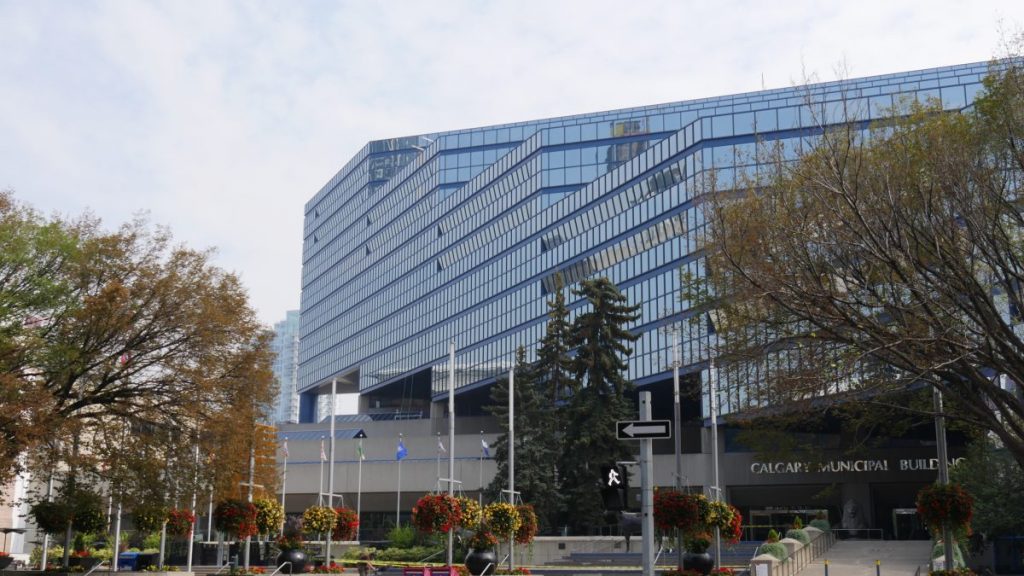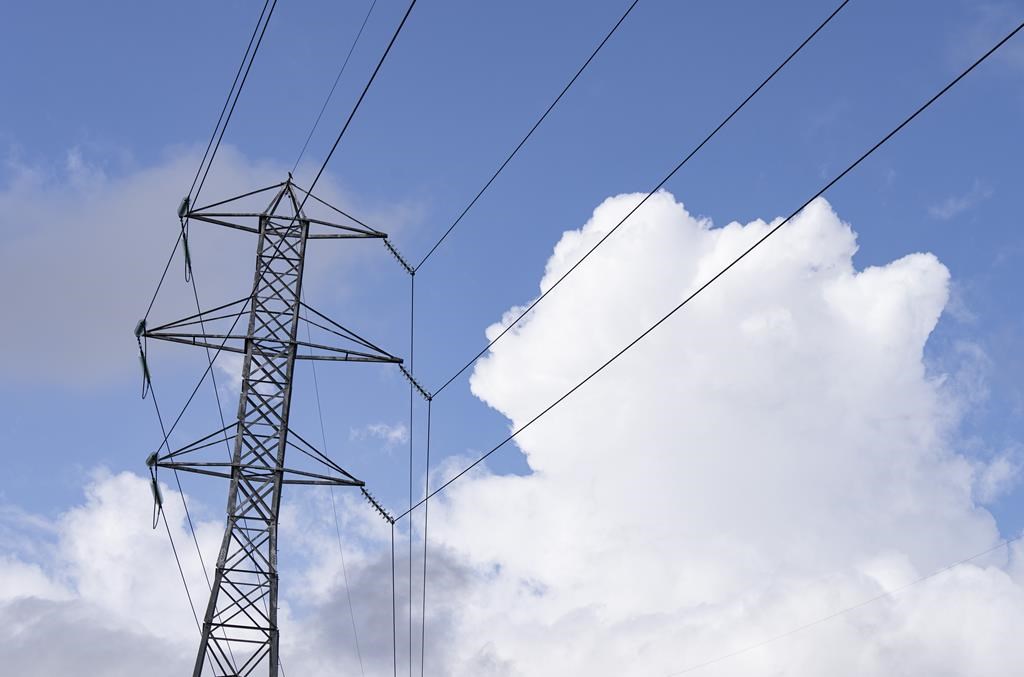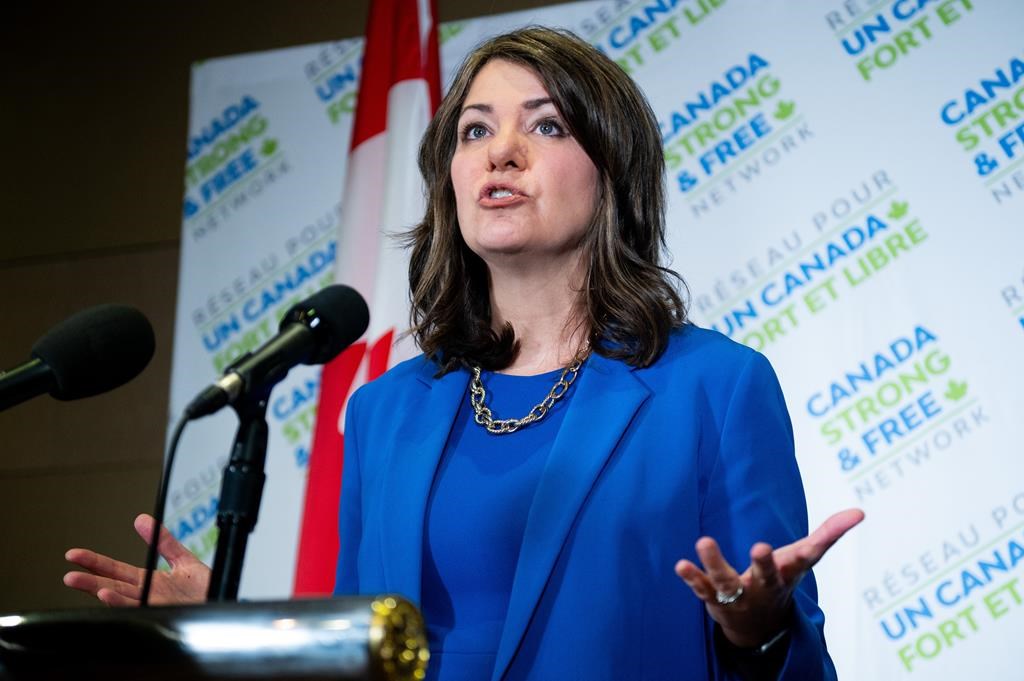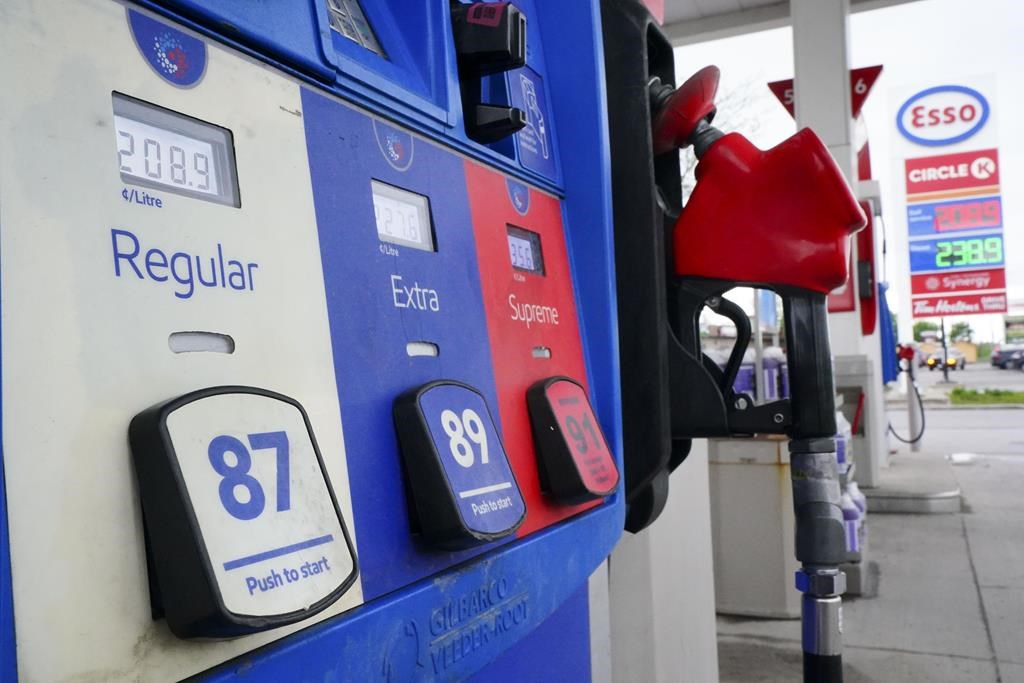2020 look back: Alberta’s pandemic response
Posted Dec 24, 2020 9:00 am.
Last Updated Dec 24, 2020 9:10 am.
CALGARY (660 NEWS) – It’s been nearly 10 months since Alberta recorded its first presumptive cases of COVID-19.
The virus has dominated headlines since the first case was discovered in a Toronto man back on Jan. 25, after he had returned from Wuhan, China.
Cases started to appear across the country prompting Alberta’s chief medical officer of health, Dr. Deena Hinshaw, to warn the public on Mar. 2 of the inevitable.
“With increasing spread around the world, it is even more likely that we will eventually see cases in Alberta,” she said.
The province announced three days later that it had found its first presumptive cases in a woman from the Calgary zone.
She had contracted the virus while on a cruise ship in California.
Public health measures were quickly put in place to prevent spread of the virus but just 10 days later the province had reached an “inflection point” in the pandemic resulting in Premier Jason Kenney and his government to impose a state of public health emergency on Mar. 15 and close schools and daycares.
New cases continued to appear and on Mar. 19, Alberta announced its first death. It was a man in his 60s from the Edmonton Zone who had underlying health conditions.
“As heartbreaking as this news is, it was expected. This is a dangerous virus. While most people who become ill with COVID only experience mild symptoms it can make others very sick,” Hinshaw said.
It was a few days later, on Mar. 27, that Alberta announced the closure of non-essential businesses and introduced further restrictions on gatherings as cases continued to increase.
“The more that we comply with rules like these being recommended by our public health expects the faster we can get through all of this and restart our economy.”
The first wave of the pandemic was mostly felt in April where the total number of cases had climbed to over 3,000 and the death toll was 68.
In May, the province saw a decline in new infections and some of the public health measures started to be eased. On May 15, Hinshaw announced she would provide updates on a reduced schedule.
In June, the province removed the state of public health emergency.
Case numbers remained relatively low from May to September before they started to climb once again in November.
The premier addressed Albertans on Nov. 6, asking people in Calgary and Edmonton to stop holding social gatherings at home.
“These gatherings are the largest identified drivers of spread,” Kenney said. “Now is just not the time to hold parties or large extended family dinners.”
Kenney was asked at the time why his government wouldn’t impose a lockdown with the premier said it would be a massive infringement of everyone’s fundamental rights.
The premier’s warning did little to bend the curve, and on Nov. 24, the province declared a second state of emergency and introduced targeted restrictions.
The measures focused on social gatherings, limiting weddings and funeral attendance to 10 people, retailers reducing capacity to 25 per cent of the fire code, and restaurants only allowed to serve the same household members at one table.
“We focused, as we’ve done since the beginning, on targeted measures aimed at places where the data clearly showed that COVID-19 was spreading,” Kenney said at the time.
“We believe these are the minimum restrictions needed right now to safeguard our health-care system while avoiding widespread damage to people’s livelihoods.”
Many physicians were disappointed in the announcement saying the premier should have implanted a two-week circuit breaker lockdown.
Early in the pandemic, the province set aside 70 COVID-19 ICU beds. By Nov. 25, the province had reached that capacity.
To deal with rising hospitalizations and ICU admission, the province made available more than 2,000 acute-care beds and up to 400 ICU beds for patients with COVID-19 but warned other surgeries would be impacted.
By the end of November, Alberta was reporting over 1,500 daily COVID-19 cases.
On Dec. 3, it was reported that the province had reached out to the federal government and the Red Cross asking for help in getting a handle on the COVID-19 situation.
A report showed government officials were looking at the possibility of introducing field hospitals in the province because Several intensive care units in Alberta had started double-bunking patients.
Health Minister Tyler Shandro was asked about the plan and said it was part of Alberta’s contingency plans.
“First of all, health officials, especially during a pandemic, are always planning for contingencies. It’s not included in our current plans to increase our acute care bed capacity to 2,250,” he said.
The targeted COVID-19 restrictions introduced weren’t enough to bring transmission down in with Hinshaw saying additional measures were needed.
“I will be blunt, so far we are not bending the curve back down,” she said.
“We are still witnessing very high transmission of the virus which is putting enormous pressure on our hospitals, intensive care units, and health-care workers.”
On Dec. 8, Albertans went into a second major shutdown.
Indoor and outdoor gatherings were banned, retailers and shopping malls needed to reduce capacity to 15 per cent of the fire code, certain businesses were asked to close and restaurants to stop in-person dining.
There have been positive signs since the latest restrictions. Alberta has received nearly 30,000 doses of the Pfizer vaccine and has started administering them to health-care workers.
Since the latest restrictions were introduced the province has seen a decline in COVID-19 case numbers.
The premier called this “tremendous progress” and contributed it to the measures introduced in late Nov.
“Most of the impact we’re seeing right now is the result of the measures taken in November,” Kenney said on Dec. 22.
“I think that actually confirms the wisdom and layered gradual approach.”
He added that there is not a single jurisdiction that has a successful two-week circuit breaker lockdown.
With case numbers slowly declining and a vaccine available the province remains hopeful for 2021, the province has reiterated through its pandemic response that people need to continue following public health orders in order to keep cases down until the general public is vaccinated.










